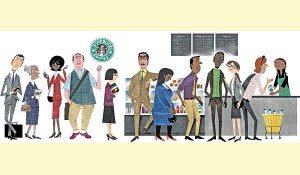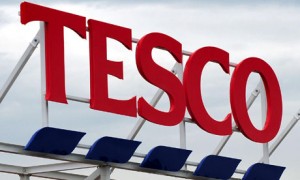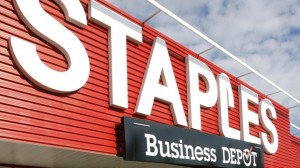 It is generally known that profit produced is one direct way to measure how successful the business is, meanwhile we also get the point from R. Edward Freeman’s “stakeholder’s theory” that for any business to be successful, it has to create value for costumers, suppliers, employees, communities and financiers. However, in order to reach the maximum profit, sometimes conflicts may occur between owner of business’ profit and the social responsibility, which is a case of business ethics.
It is generally known that profit produced is one direct way to measure how successful the business is, meanwhile we also get the point from R. Edward Freeman’s “stakeholder’s theory” that for any business to be successful, it has to create value for costumers, suppliers, employees, communities and financiers. However, in order to reach the maximum profit, sometimes conflicts may occur between owner of business’ profit and the social responsibility, which is a case of business ethics.
It was reported that each year in the U.S., more than 67,000 workers suffered blade contact injuries, with more than 33,000 injuries treated in emergency rooms and 4,000 amputations. SawStop, which was a table saw manufacture company, started to sell a type of safety device which can effectively prevent serious harm of workers when they are using table saw. Nevertheless, over the years, top saw makers and the Power Tool Institute refused to put the design into their saws because they claimed that lightweight saws costing as little as $100 to $200 would be destroyed by the added expense of SawStop.
Who are the stakeholders of saw maker companies? The suppliers, the owner of this business, the financiers, and also the employees. They all play important roles in letting the business goes well. Apparently, emoloyees work with the table saw directly so it means they have the highest possibility of getting hurt from it. We know that stakeholders’ interest should go together in order to maximize the profit they could make, but what if workers are hurt from working with the dangerous machines? In this case, not only the individual profits go down, but the company also lose a lot because it loses some high-efficiency employees and sometimes compensation is required. Furthermore, corporations have the responsibility to ensure the safety and profit of employees, if they fail to do that, the social responsibility is not accomplished and gradually no one would be willing to work for them because of the credit. Therefore, even in a free society, when the social responsibility of corporations meet demand of optimize profit, executives should think comprehensively and make ethical decision first to avoid business in decline.
Work Cited
“Business Ethics and Social Responsibility.” Free Management Library. N.p., n.d. Web. 10 Sept. 2014. <http://managementhelp.org/businessethics/>.
Levin, Myron. “Power Tool Industry Circles the Wagons as Disabling Saw Injuries Mount.” Business Ethics RSS. N.p., 16 May 2013. Web. 10 Sept. 2014. <http://business-ethics.com/2013/05/16/1153-power-tool-industry-circles-the-wagons-as-disabling-saw-injuries-mount/>.
Stakeholder Theory. Perf. R. Edward Freeman. YouTube. YouTube, 13 May 2009. Web. 10 Sept. 2014. <https://www.youtube.com/watch?v=Ih5IBe1cnQw&feature=youtu.be>.
Photo
http://sentechnologies.com/wpcontent/uploads/2013/08/6a00d8341c684553ef01630312ea06970d-800wi.jpg









